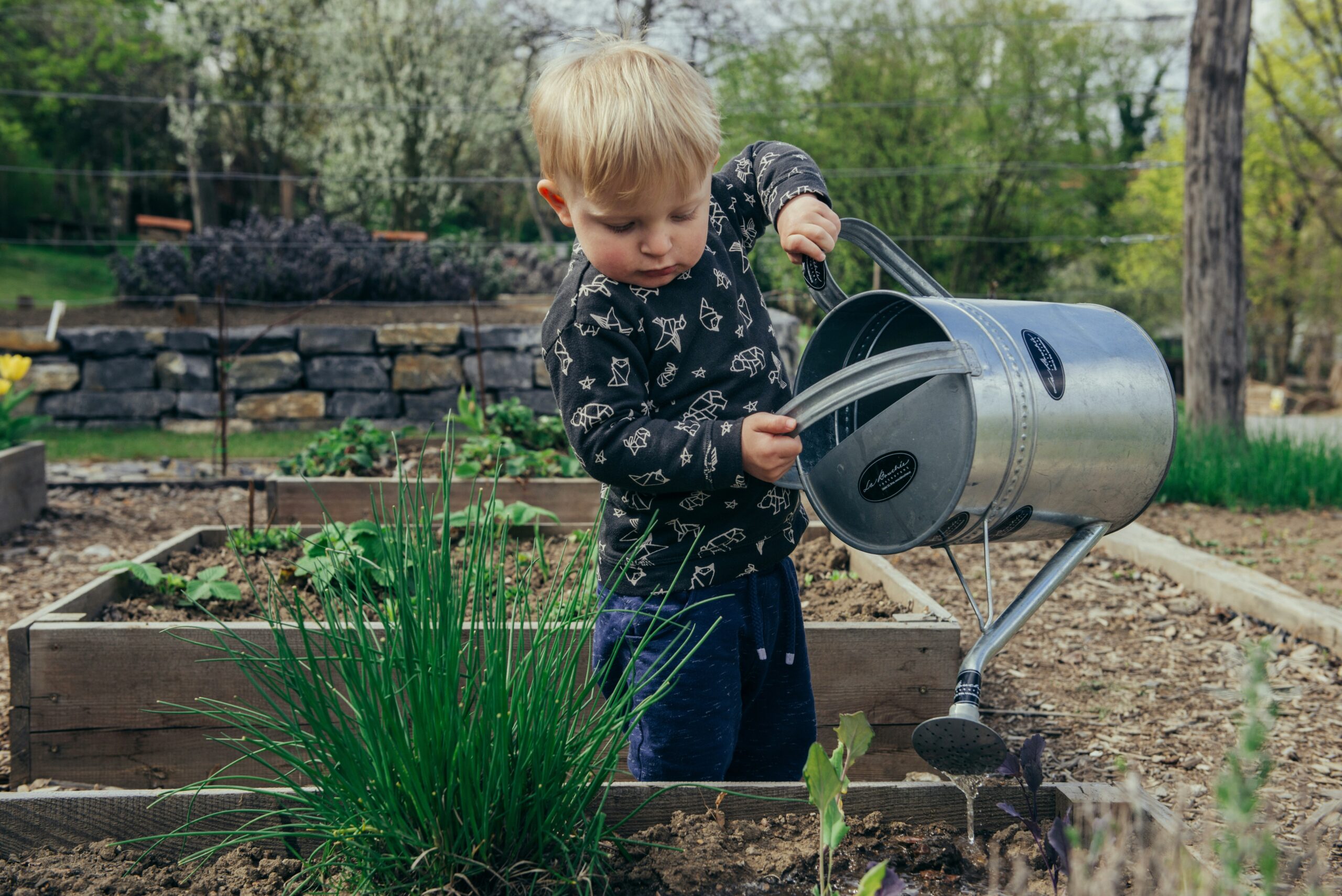

Introduction to gardening and its benefits
Gardening is more than just a hobby; it’s an enriching experience that connects us to nature. Whether you have a sprawling backyard or a cozy apartment, the world of plants has something for everyone. Imagine the satisfaction of watching your greenery thrive, knowing you played a role in its growth.
Indoor gardening offers unique opportunities for those who may not have access to outdoor space, while outdoor gardening lets you revel in fresh air and sunlight. Each method comes with its own set of perks and challenges. So, are you ready to dig into the details? Let’s explore what indoor and outdoor gardening can offer you!
Pros and cons of indoor gardening
Indoor gardening offers unique benefits and challenges. One major advantage is the control over environmental factors. You can manage light, humidity, and temperature to create an ideal growing space.
Another plus is convenience. Having plants indoors means you can enjoy greenery year-round without worrying about seasonal changes. Plus, indoor plants improve air quality and enhance your living space.
However, there are downsides too. Limited sunlight can hinder plant growth unless you invest in artificial lighting. Additionally, some indoor plants may require more frequent care due to less natural moisture.
Space constraints also pose a challenge—small apartments might limit your options for larger plants or elaborate setups. Pests like spider mites or aphids can invade indoor gardens just as easily as outdoor ones if not monitored closely.
Types of plants suitable for indoor gardening
When it comes to indoor gardening, the right plant choice is crucial. Some popular options include succulents and cacti. These hardy plants thrive in low humidity and require minimal care.
If you’re looking for lush greenery, consider pothos or peace lilies. They adapt well to various light conditions and can purify the air too.
Herbs like basil, mint, and parsley are perfect for culinary enthusiasts. They grow well on windowsills, adding fresh flavors to your meals.
Ferns bring a touch of nature indoors with their delicate fronds. They’re excellent for bathrooms where humidity levels are higher.
Don’t forget about snake plants! Known for their striking appearance and resilience, they can survive neglect while filtering toxins from the air.
Choosing the right plants makes all the difference in creating a thriving indoor garden that suits your lifestyle.
Tips for successful indoor gardening
Choose the right location. A bright, sunny windowsill is often ideal for most indoor plants. However, some varieties thrive in low light.
Water wisely. Overwatering is a common mistake. Check the soil moisture before adding more water to ensure your plants get just what they need.
Mind the humidity. Indoor air can be dry, especially during winter months. Consider misting your plants or placing a small humidifier nearby.
Use quality potting mix. Avoid garden soil which may contain pests and diseases. A good potting mix provides proper drainage and nutrients for healthy growth.
Fertilize regularly but cautiously. Use a balanced fertilizer every month during the growing season to support plant health without overwhelming them with too many nutrients.
Keep an eye out for pests like spider mites or aphids that can invade indoor spaces unnoticed. Regularly inspect your plants and take action if you see any signs of trouble.
Types of plants suitable for outdoor gardening
When it comes to outdoor gardening, the options are vast and exciting. Vegetables like tomatoes, peppers, and carrots thrive in sunny spots, offering both beauty and delicious harvests.
Herbs such as basil, rosemary, and mint not only enhance your meals but also attract beneficial insects to your garden.
For those who love flowers, consider planting sunflowers or marigolds for a vibrant splash of color. Perennials like lavender or echinacea will return year after year with minimal effort.
If you have limited space, climbing plants like peas or pole beans can make great use of vertical areas while producing abundant yields.
Don’t forget about shrubs! Hydrangeas and boxwoods provide structure and greenery throughout the seasons. Each plant adds its unique charm to an outdoor oasis that reflects your personality and style.
Tips for successful outdoor gardening
Start by understanding your local climate. Knowing when to plant certain flowers or vegetables can make all the difference.
Soil quality is critical. Test your soil to determine pH and nutrient levels. Add compost or organic matter for better growth.
Choose the right location with plenty of sunlight, ideally six hours a day for most plants. Ensure good air circulation around them too; this helps prevent diseases.
Watering properly is essential but avoid overwatering. Early mornings are usually best for watering as it allows plants to soak up moisture before the heat spikes.
Mulching helps retain moisture and suppress weeds while also adding nutrients back into the soil as it breaks down.
Keep an eye on pests and diseases. Regularly inspect plants and take action at the first sign of trouble to keep your garden thriving.
Conclusion
Choosing between indoor and outdoor gardening truly depends on your lifestyle, preferences, and the space you have available. Indoor gardening offers a unique way to bring nature inside while providing control over environmental factors like light and temperature. It’s perfect for those living in urban areas or with limited outdoor space.
On the other hand, outdoor gardening allows for larger plants and more variety. You can enjoy the fresh air while cultivating a diverse garden full of colors and scents. Each option comes with its own set of challenges but also rewards.
Whether you prefer nurturing houseplants or sowing seeds in an open field, both paths lead to personal satisfaction and joy. Gardening is about connecting with nature—find what suits you best!
